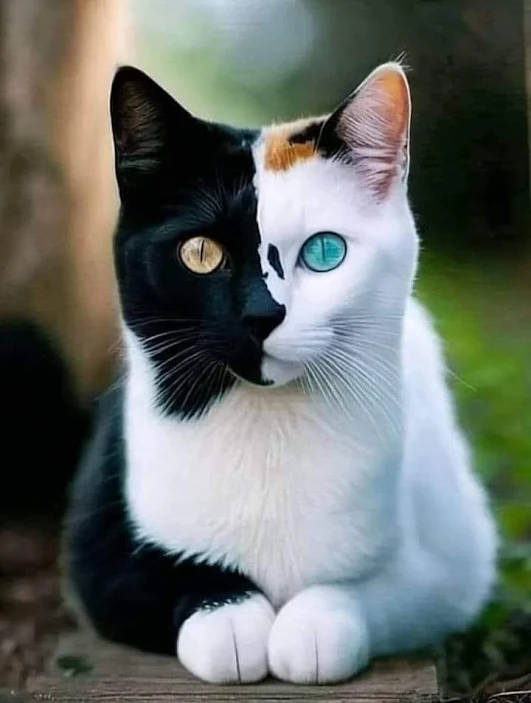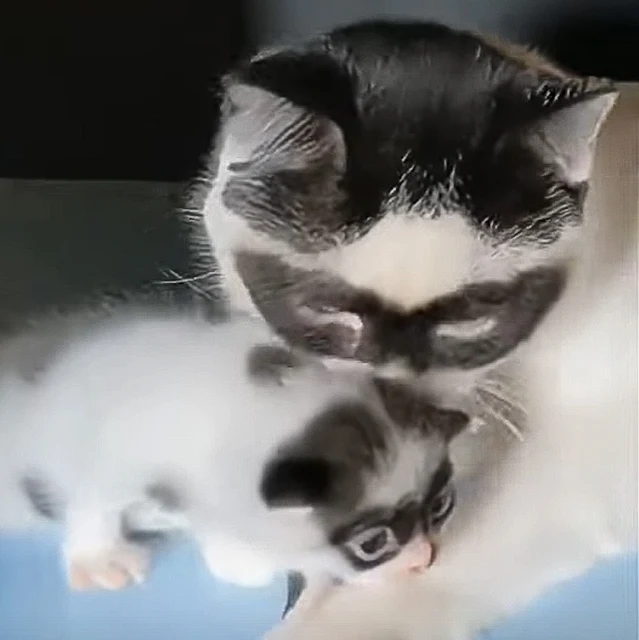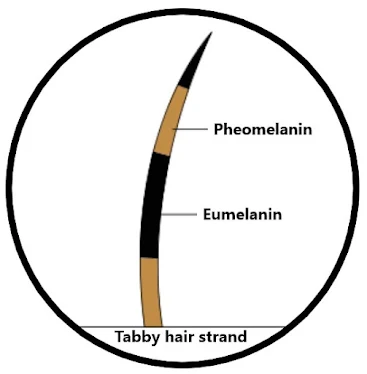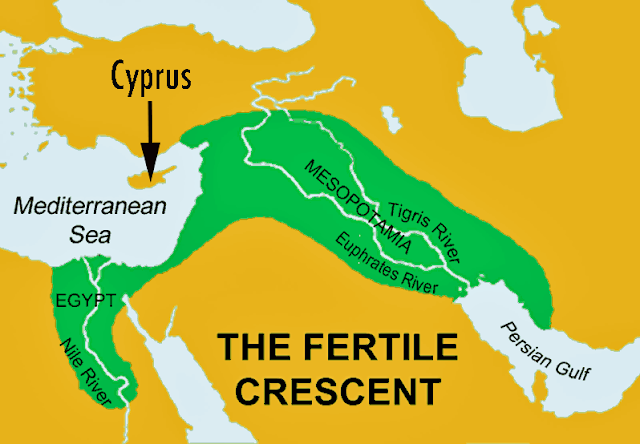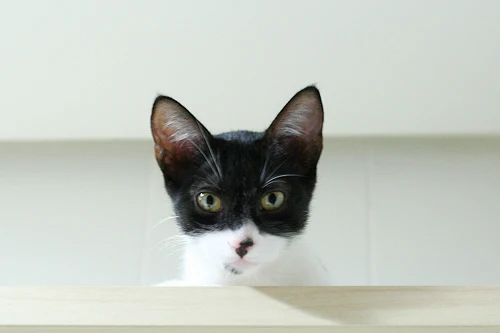People like to think that there is a connection between the appearance of someone or an animal and their personality. British people refer to tortoiseshell cats as being "naughty torties" or having "catitude". Sometimes blotched tabbies are referred to as "real homebodies". And mackerel tabbies are seen as being independent. While white patches on a cat's coat have a calming effect on the personality.
Incidentally, it is not until fairly recently that people started to understand that domestic cats have a personality. Even scientists believed that only humans had personalities. That seems hard to believe nowadays.
 |
| Is this tortie a naughty cat? Photo:Twitter. |
I've always felt that red tabby cats have good relaxed characters. Red tabbies are also called ginger or marmalade cats. They always seem to be spoken of in glowing terms as companions with nice, affable characters. But this is all anecdotal. To turn to science, some scientists believe that the biochemistry that creates different coat colours and types also affects the cat's brain. This is called "pleiotropy". But apparently there is little evidence to support this scientific theory says Dr Bradshaw in Cat Sense.
Perhaps we are on a more solid scientific footing when we turn our attention to the purebred, pedigree cats. With pedigree cats there is a lineage so we know the parents and grandparents; in short, there is a family tree, which allows scientists to study the inheritance of the genes.
There is a relatively restricted gene pool in breeding lines which allows the temperament of a founding cat to be brought forward all the way down the breeding line. So, for example, there is a limited number of high-quality male cats within each breed who are available to produce the type of coat desired as per the breed standard. As a result, the personality of these tomcats becomes predominant within a section of all the cats in a single breed.
For example, there was a time about 20 years ago when British Shorthair cats bred in Scotland with tortoiseshell, cream and especially red coats were difficult to handle. They traced this personality trait back to a single male cat who had a difficult personality. This, incidentally, is an example of breeders breeding for appearance over personality. This founding, male cat was unsuitable, it seems.
And also pointed cats, which you will see both in the Siamese and other pedigree cats and indeed in non-pedigree cats, are likely to be vocal. This is a well-known trait for Siamese cats. The reason, it is said, is because the gene that causes the points i.e. the dark extremities to the cat's body are rare unless that cat has at least one Siamese in its recent ancestral past.
Another way in which coat type and colour can be linked to personality is when the gene that controls the coat is physically close, on the same chromosome, as the gene that affects the way the brain develops. Under these circumstances the chances that a kitten will inherit the combination of these two genes, one affecting the coat and one affecting the brain is much higher. They tend to be inherited together although it doesn't always happen.
An example would be the dominant white gene which causes a cat's coat to be devoid of pigment and therefore is white, sits next to a gene which causes both eyes to be blue and the cat to be deaf. That's why white cats are often deaf with blue eyes or they have odd-eye colour. Because the cat is deaf it affects their personality and therefore in this instance coat type and colour affects personality.
I am indebted to Dr John Bradshaw for the above. Some more...
One aspect of people attaching personality to coat type is that it may colour their opinion of their cat (excuse the pun). The point that I am getting at is that if a person believes that tortoiseshell cats are naughty and if with that belief, they mishandle their tortoiseshell cat and are scratched, the two aspects to their relationship come together which may result in the cat being relinquished to a shelter.
A study found that participants were likely to attribute friendliness to orange cats and intolerance to tricolour cats and aloofness to white and tricolour cats. White cats were seen as being more shy and calmer than cats of other colours.
The participants to the study said that they thought personality was more important than colour when selecting a cat companion. This is interesting because cat breeders of purebred cats attach more importance to appearance that personality. There appears to be a disconnect between cat breeders and their clients.





